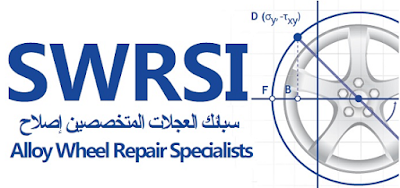Tesla likes to shock and awe with boundary-pushing self-driving features, and the “Smart Summon” capability included in the automaker’s latest software update for customer cars seems designed to blow people away. Well, hopefully not literally, given how the feature enables owners with Model 3, Model S, and Model X vehicles equipped with Tesla’s semi-autonomous AutoPilot driver-assistance hardware to summon their vehicle from a parking space and have it drive across a parking area to them. So, don’t be shocked if you’re in your local Kohl’s parking lot and see a driverless Tesla whizzing past.
There already is a summon feature in Tesla’s bag of tricks, in which owners can manipulate their cars’ forward and backward progress straight into or out of a tight perpendicular parking space remotely via their phones. The cars are supposed to stop on their own if they detect an obstacle, but users are expected—per Tesla—to keep an eye on things and are ultimately responsible for what their vehicle does. In other words, owners are relied upon to stop their gigantic toys should things get out of hand when the car is being moved remotely.
Smart Summon obviously takes things much, much further, building on an earlier beta iteration dubbed Enhanced Summon and allowing the car to accelerate, brake, and steer all on its own while on its way from parking spot to owner. Tesla doesn’t lay out many parameters for using Smart Summon other than to cover themselves legally with the note that “Those using Smart Summon must remain responsible for the car and monitor it and its surroundings at all times.” Beyond that, it seems, users must have a “line of sight” to their car when using the feature. You can see it in action in Tesla’s tweet below.
Where have you parked your Tesla?
But also, who cares?
Our Smart Summon feature means your car collects *you* from the parking lot. pic.twitter.com/boEtjJlY1V
— Tesla (@Tesla) September 26, 2019
It isn’t specified where, exactly, one could use this tech, although Tesla seems to hint at a parking lot or similarly confined space. Other mysteries include whether Smart Summon might work in a parking garage—provided you can, you know, see the car from where you’re summoning it—or if it can detect when an owner is attempting to use the widget on, say, a public street or out of eyesight, or what the car does if it encounters and obstacle or blockage it can’t figure out. And it isn’t as though Tesla has mapped or scanned every parking lot in America (or any of them, for all we know), so clearly Smart Summon works by the car sorting out where the owner is and slowly maneuvering around obstacles or other cars using its short-range proximity sensors, forward cameras, and radar sensor. We also know that Smart Summon isn’t the same as “Smart Drop-Off,” so you’ll still need to park the car in the first place (it won’t park for you) before you can call it back to you like a personal valet.
Oh, and if YouTube videos of people misusing Tesla’s driver-assistance technologies, mistaking them for fully self-driving systems and leaving the driver’s seat while the car is in motion to lounge in the back seat serve as any kind of warning, expect some owners to try and push Smart Summons’ boundaries—and soon. Tesla’s Version 10.0 software that includes Smart Summon is being rolled out to customer cars via over-the-air updates as you read this.
The post Tesla’s Smart Summon Feature Is Your Personal Robotic Valet of the Future appeared first on MotorTrend.
Source: WORLD NEWS
